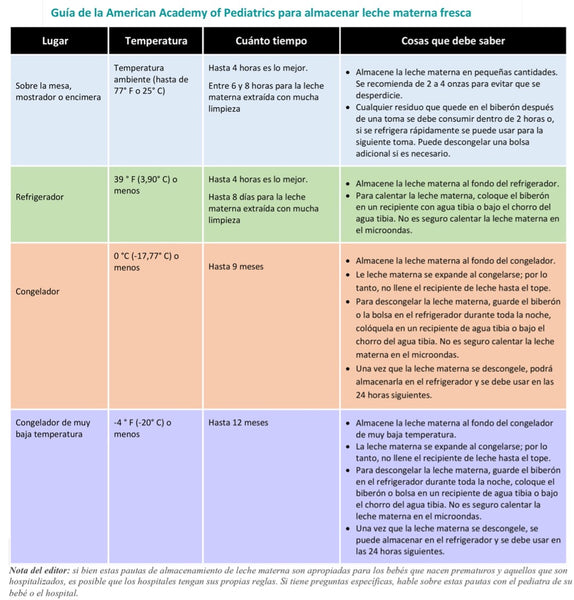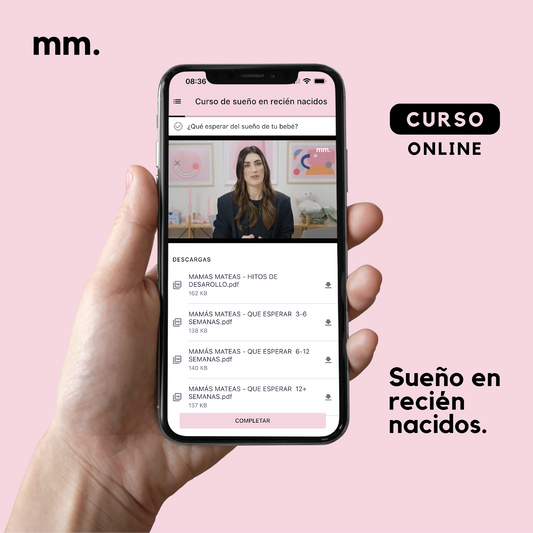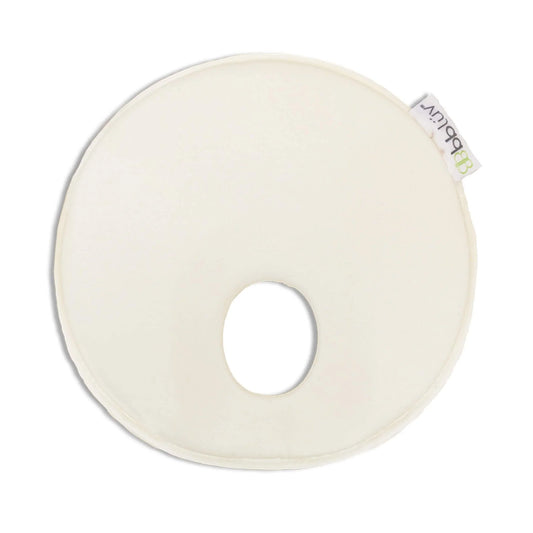If you are thinking about creating a breast milk bank , but you don't know where to start, read this article carefully! With specialized sources, we explain step by step how to create a milk bank to guarantee the optimal state of the milk, and so that you and your baby can enjoy its many benefits.
Main benefits of a milk bank:
- It is useful for feeding premature or hospitalized babies.
- Great ally if the mother returns to work (outside the home) and wants to continue feeding her baby with breast milk.
- It gives the mother more freedom to go out without the baby.
- It serves as support for babies who have underweight .
When can we start doing this?
A milk bank or extractions can be done from the day the baby is born, or even before in those women who have a milk production before giving birth.
Basic elements:
- The only essential thing is where the milk will be stored: glass jars with a plastic screw-top lid, which better preserve the properties of the milk; plastic jars with a plastic screw-top lid, but should not be used if the material changes color; or plastic bags for storing milk, which are not reusable.
- Fridge.
Other products would be a plus to support:manual extractor, electric extractor, portable extractor, collector, massagers, guatearos.
*Source: Janeth Rivera, breastfeeding and complementary feeding consultant.
What are the best times to pump?
“All women are different, so there is no one best time that applies to everyone. The best time to pump is when 1) the mother can pump and 2) she has seen the best results. To obtain a larger amount of milk, the breasts should be prepared with massages and warm compresses; if using a pump, use a cup that is suitable for the breasts, and be calm and relaxed,” explains lactation consultant Janeth Rivera.
The correct way to store breast milk
“ 2 to 4 ounces (59 to 118 cc) is recommended to avoid waste. Any milk left in a bottle after your baby finishes a feeding should be used within 2 hours or, if refrigerated promptly, can be used for the next feeding. You can always thaw an additional container if needed.” Tips for Freezing and Refrigerating Expressed Breast Milk, American Academy of Pediatrics & MedicineAbuseProject.org.










